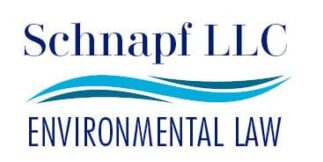The Minnesota Pollution Control Agency (MPCA) issues a guidance document for design and operation of parking facility that will be used as a mitigation option for vapor intrusion. The Guidance applies to both proposed and existing parking facilities.
The agency states that while current codes require both physical barriers and ventilation to provide continuous air barriers between parking facilities and occupied spaces, building materials commonly used to construct parking facilities may not prevent vapor intrusion which is why vapor intrusion should be considered during the design process. Even
with the best construction materials and techniques, seals and air barriers can leak. The leaks may increase with time if these barriers are not properly maintained. Because no building is perfectly sealed and building materials degrade over time, if parking structures do not vent effectively or periodically, there is a risk of vapors migrating into occupied space. Thus, combining physical barriers with ventilation will provide additional protection from vapor intrusion
If a parking facility is utilized for a vapor intrusion mitigation option, MPCA states it is important to be able to rely on the ventilation system and building components as originally installed. Ongoing regular maintenance coupled with monitoring of the ventilation system may be required to confirm future effectiveness. Additional measures should be considered to increase the long term effectiveness, including post-construction confirmation sampling, diagnostic testing, and implementation of an O&M plan to verify a parking facility provides the required vapor intrusion protections.
The guidance is a comprehensive document that contains useful information that could help inform design of parking facilities and might
